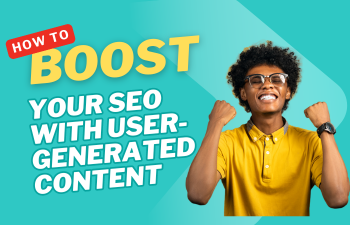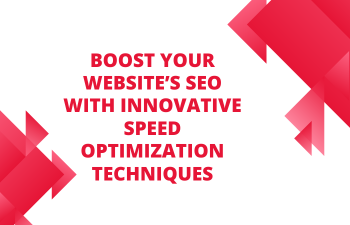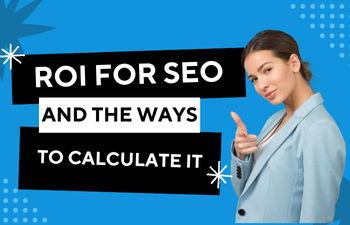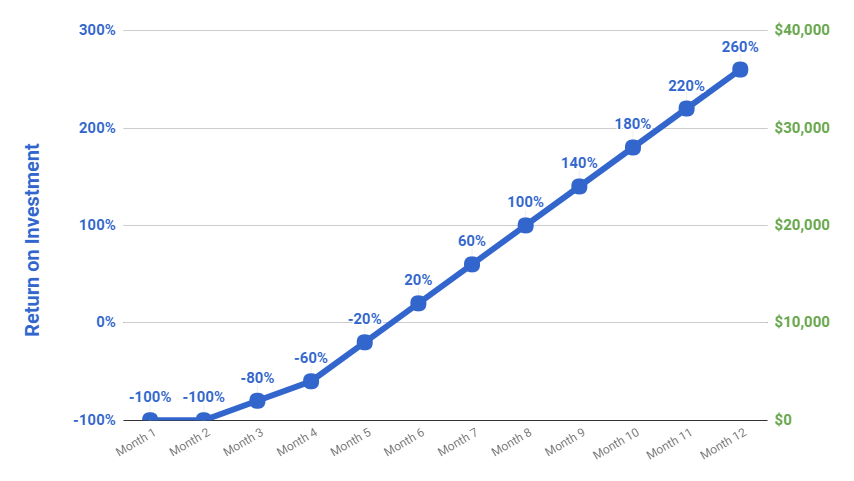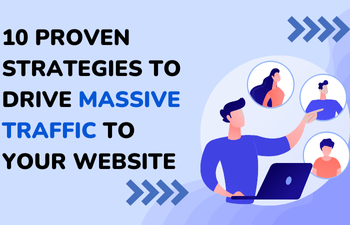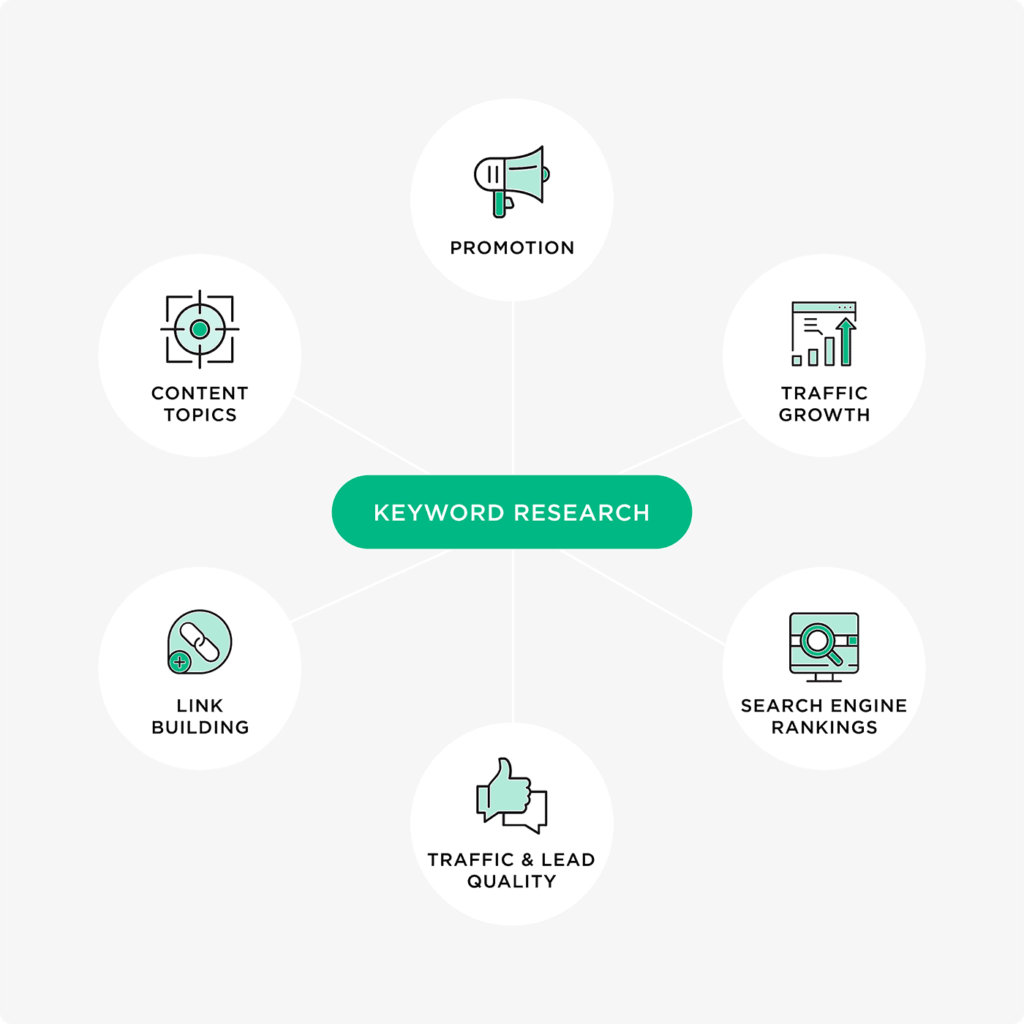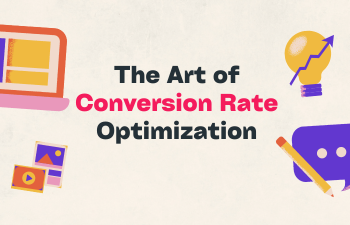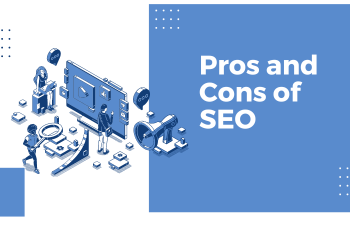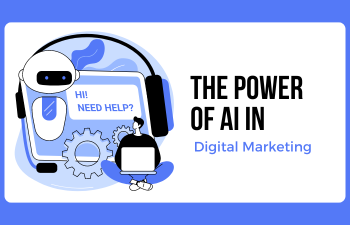 SEO
SEO
The Power of AI in Digital Marketing: Unleashing Opportunities…
The Power of AI in Digital Marketing
Search Engine Optimization, or digital SEO, is the practice of optimizing a website or online content to improve its exposure and ranking in search engine results pages (SERPs). It entails employing a variety of approaches and strategies to increase a website’s relevance and authority in the eyes of search engines such as Google, Bing, and Yahoo.
On-page and off-page optimization are both part of digital SEO. On-page SEO focuses on optimizing website aspects such as content, HTML tags, URLs, and site structure.
Off-page SEO, on the other hand, refers to efforts performed outside of the website in order to increase its exposure and reputation.
The purpose of digital SEO is to improve a website’s exposure in search engine results in order to boost organic, non-paid traffic. When a website ranks higher in search engine results pages (SERPs), it has a better chance of receiving relevant visitors who are actively seeking for information, products, or services connected to the website’s content.
In accordance with the change in search engine algorithms and user behavior SEO practices keep changing. It is critical to keep up with the newest trends and best practices in order to successfully optimize a website for search engines and maximize its online presence.
AI and ML (Artificial Intelligence and Machine Learning) are two topics that are closely related in that they both deal with the development and implementation of intelligent systems that can execute tasks and make judgments without the need for explicit programming.
The link between AI and ML is frequently defined as AI being the wider concept and ML being a specific approach or subset of AI that allows machines to learn and improve from data. In other terms, machine learning is a practical application of artificial intelligence.
Chatbots are becoming increasingly popular and are being used in a variety of businesses.
Chatbots are frequently used in customer service to provide immediate help and assistance. They are utilized to improve the shopping experience in e-commerce. They can be used on websites to interact with users and collect leads. They serve as virtual assistants, assisting users with activities such as making appointments, setting reminders, and delivering weather, news, and general information. Within organizations, chatbots can be utilized to aid staff with internal processes and information retrieval. In educational environments, chatbots are used to provide personalized learning experiences.
Machine learning and AI technology allow machines to analyses data, recognize patterns, learn from experience, and adapt to new information, resulting in more efficient and accurate decision-making.
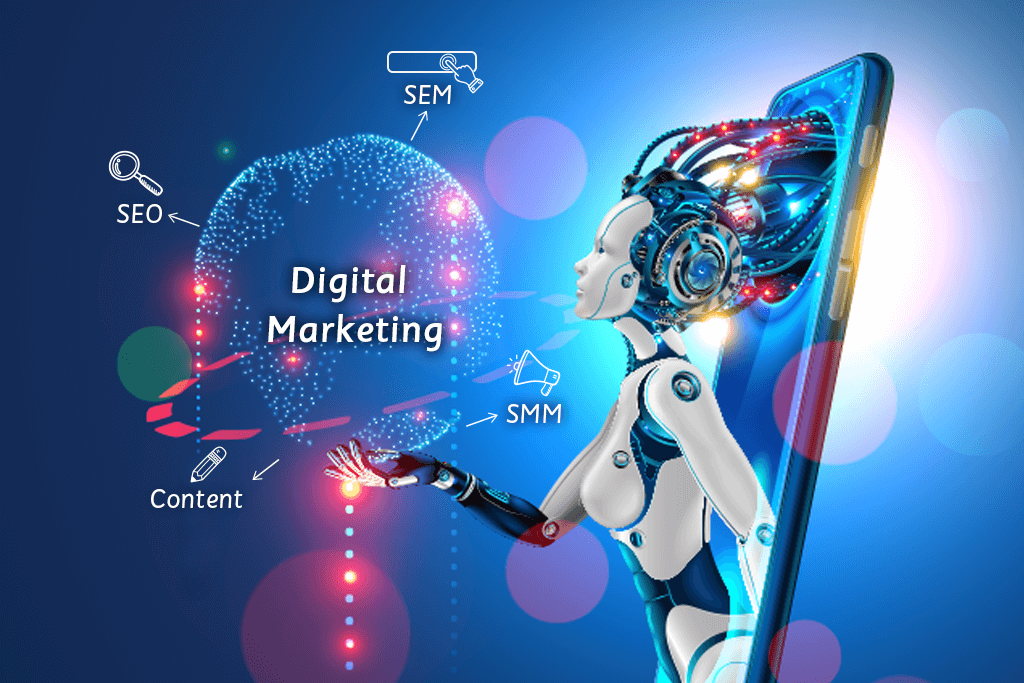
AI has various applications and benefits in the context of digital marketing:
Personalized Marketing:
AI enables marketers to build personalized marketing efforts by analyzing massive volumes of customer data such as demographics, preferences, and behaviors. Marketers may increase engagement and conversion rates by using AI algorithms to give targeted content, recommendations, and offers to specific customers.
Customer Experience Enhancement:
AI may improve the customer experience by making personalized suggestions, giving chatbot support, and delivering real-time assistance. Chatbots powered by AI may interact with customers, answer questions, and assist them through the sales funnel, providing a smooth and efficient experience.
AI may help with content production and curation by generating automatic reports, composing product descriptions, and even authoring rudimentary articles or blog posts. AI algorithms may also curate content by analyzing user preferences and behaviors and recommending appropriate articles, movies, or items, resulting in increased user engagement.
Predictive Analytics:
Artificial intelligence (AI) helps marketers to analyze historical data and forecast future outcomes. Marketers can foresee customer behavior, discover patterns, and make data-driven decisions by utilizing machine learning algorithms. This aids in the optimization of marketing strategy, budget allocation, and campaign targeting for improved results.
Ad Optimization:
Artificial intelligence (AI) can optimize digital advertising campaigns by analyzing user data, finding patterns, and modifying ad targeting, placements, and bids in real time. To maximize ROI and increase ad performance, AI algorithms may automatically optimize ad creative, landing sites, and budget distribution.
Marketing Automation:
Artificial intelligence (AI) technology allows for the automation of repetitive marketing processes like as email marketing, social media scheduling, and lead nurturing. AI-powered technologies may segment audiences, personalize content, and trigger automated reactions depending on user behavior, streamlining and saving time in marketing operations.
Overall, artificial intelligence in digital marketing enables marketers to make data-driven decisions, create personalized experiences, automate procedures, and increase marketing efficiency. Businesses can improve their marketing tactics, increase client engagement, and achieve better results by embracing AI technologies.
Please contact us if you have any technical questions about digital marketing.
As a top web development and digital marketing business committed to delivering great solutions targeted to your specific needs, we understand how to generate leads. And we are experts in providing organizations with consistent ROI.
We are experts at generating high-quality site traffic. We understand that no two businesses are alike. As a result, we offer personalized solutions to each of our clients. Uniqwebtech provides a comprehensive range of web development and web design services, including e-commerce development, web application development, Word Press content management system development, and many others.





